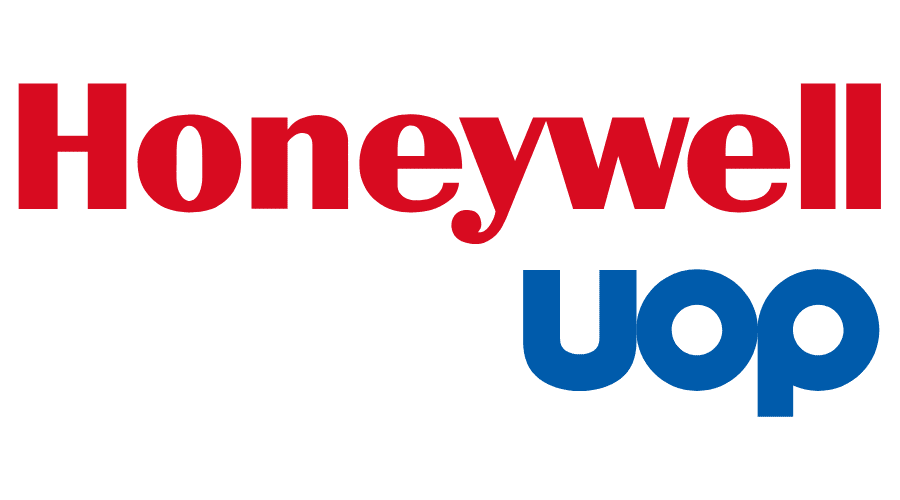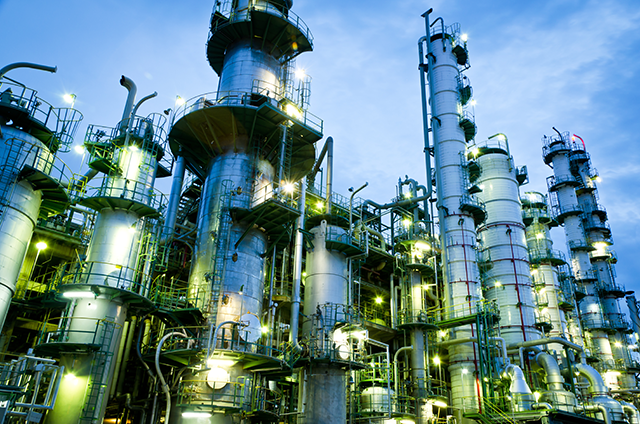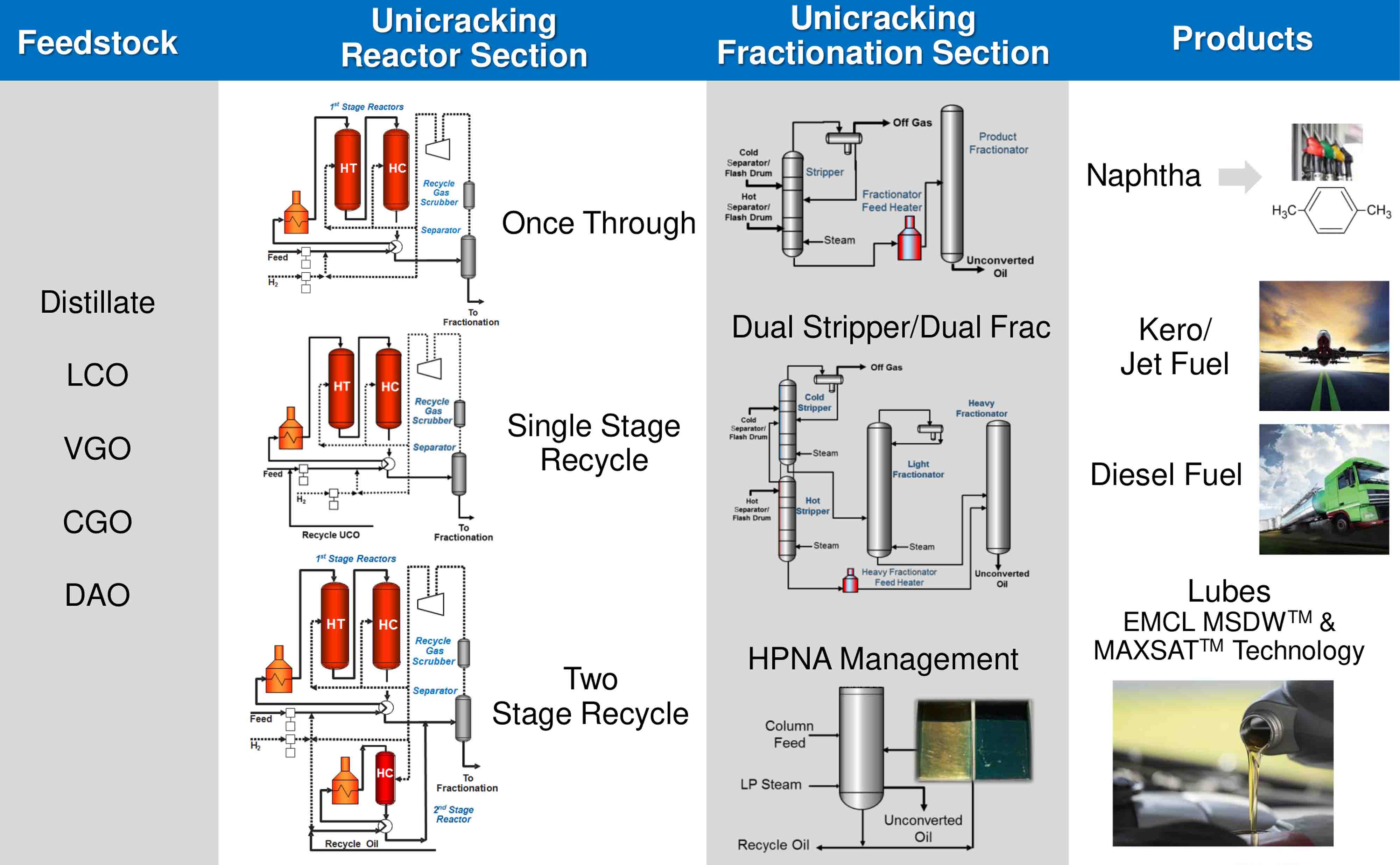Technology

- Name
- UOP Unicracking
- Owner
-
/ Honeywell UOP - Brand
- Unicracking™
- Process
- Cracking
- Type
- Resid Hydrocracking
- Available
-

- #TE128
Description
Your insights will be shown here
Content provided by
| Transaction | Name | Date |
|---|---|---|
| Modified by |
|
5/26/2025 8:49 AM |
| Added by |
|
11/19/2022 3:09 PM |









